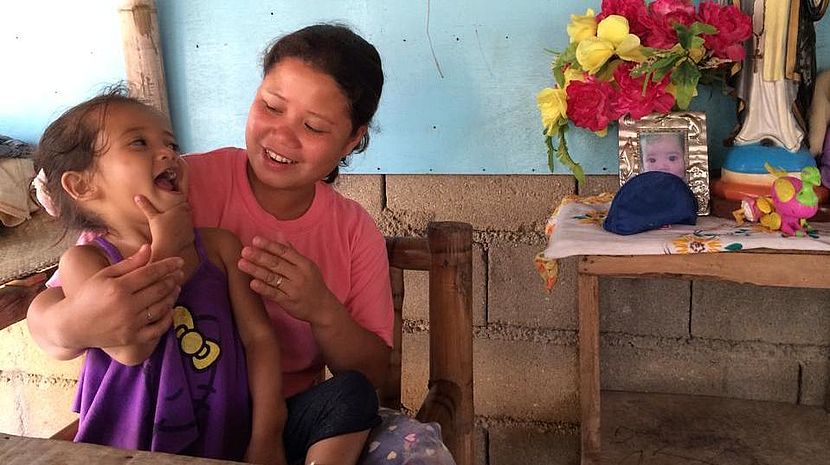10.06.2015 Overcoming barriers to live independently in the community

Article 19 of the Convention of the Rights of Persons with Disabilities (CRPD) refers to the right to living independently and being included in the community. Today’s side-event at the Conference of State Parties (COSP) of the CRPD was a lively discussion between representatives of various State Parties and other civil society organisations on the right of persons with disabilities to equality and inclusion within their communities and the society.
Community Based Inclusion
Independent living, inclusion in the community and having access to services and facilities are a priority to all persons with disabilities. There are many organisations working very hard to act against the devastating isolation and loss of control of persons with disabilities over their own lives. Large scale mental institutions have created, maintained and perpetrated this devastating isolation. National governments and international human rights agencies must provide means and mechanisms to give persons with disabilities the opportunity to choose where they live and with whom, as well as full access and control over community services and facilities. This is known as ‘Community Based Inclusion’– a new concept introduced by the WHO, which will soon be replacing the term ‘Community Based Rehabilitation’. State governments along with civil society organisations, NGOs and other stakeholders must take the responsibility to implement Community Based Inclusion. Community Based Inclusion needs to target a range of domains of life- not just health, education and rehabilitation, but also aspects of acquiring livelihood through employment, social protection, securing personal assistance and hence creating full and fair participation in the community. Inclusion also means empowerment- empowering persons with disabilities to become active members of the society and reach their full potential.
Importance of collecting data
Given that there is a lack of disaggregated data on persons with disabilities (according to gender, age and disability), indicators need to be developed to monitor the impact of community based inclusion on the lives of persons with disabilities. It goes without saying that these indicators must be, in turn, in line with the indicators for the CRPD and those of the SDGs, which calls for collaboration and cooperation at all levels between different ministries and governments, UN agencies, the civil society and funding bodies.
What about support to families of persons with disabilities?
Research has shown that a vast majority of persons with disabilities live with their families, and neither the individual with the disability nor his/her family receives much support. Support is provided only when the person with the disability leaves home and checks into an institution. Poor persons with disabilities are often accused of double dipping and are penalized for receiving money both for being poor, as well as for having a disability. But most people tend to forget that there is a link between poverty and disability that creates a vicious never-ending cycle.
The costs of support to families are never recognised. When there is a person with a disability within the family, one family member stays at home to provide 24-7 care. There can be additional costs of childcare all throughout life. Special equipment and food might be needed, which can be very costly. Difficult choices have to be made- does the family income go towards supporting the family, or the person with a disability?
Hence financial assistance is required for support and services for the individual as well as the family. Building social capital and investing in the transformation of the community to make sure that community support is available are important steps to ensure inclusion and equality of persons with disabilities.
Human rights of independent living, autonomy, equality and inclusion are aspiration we all share, but action must follow aspiration.